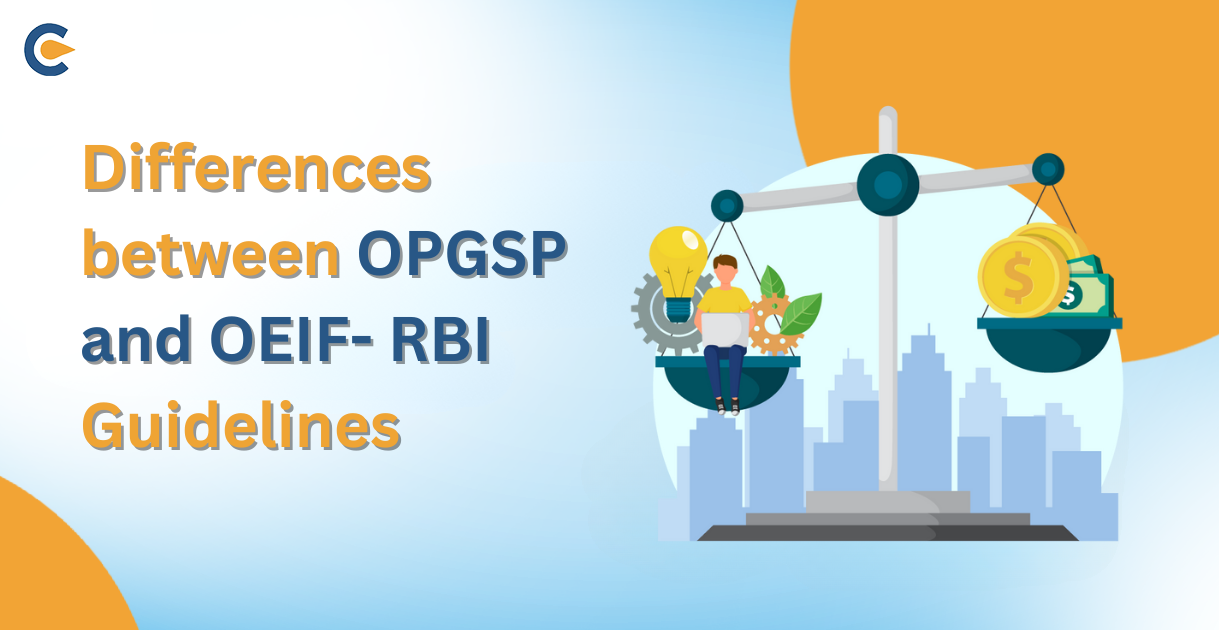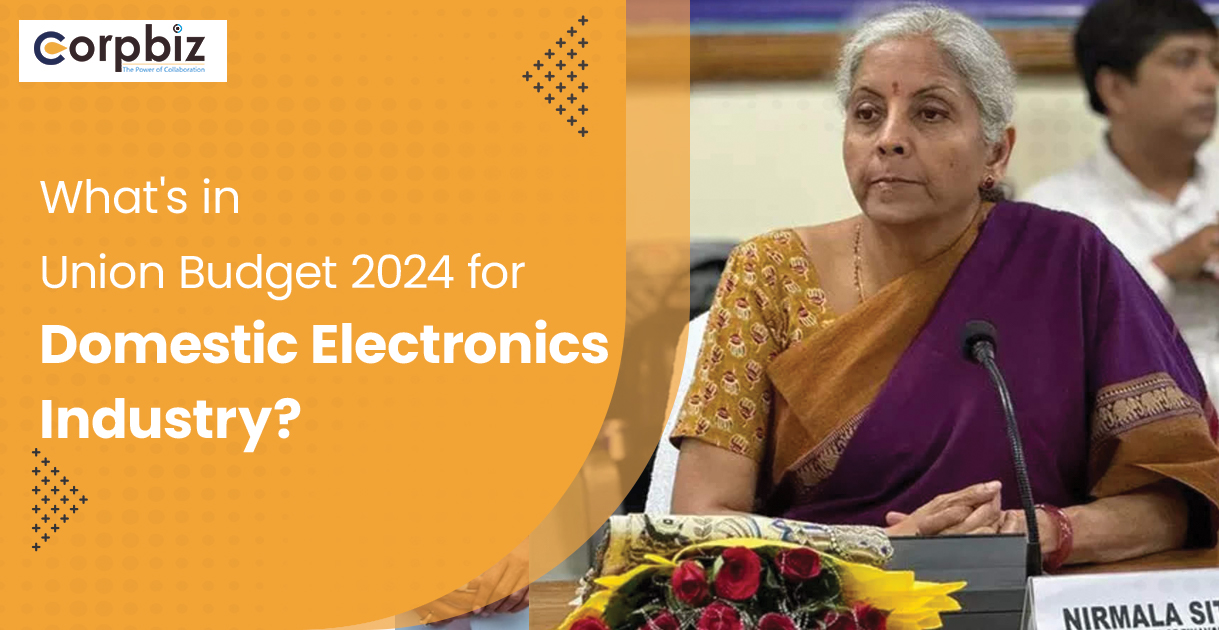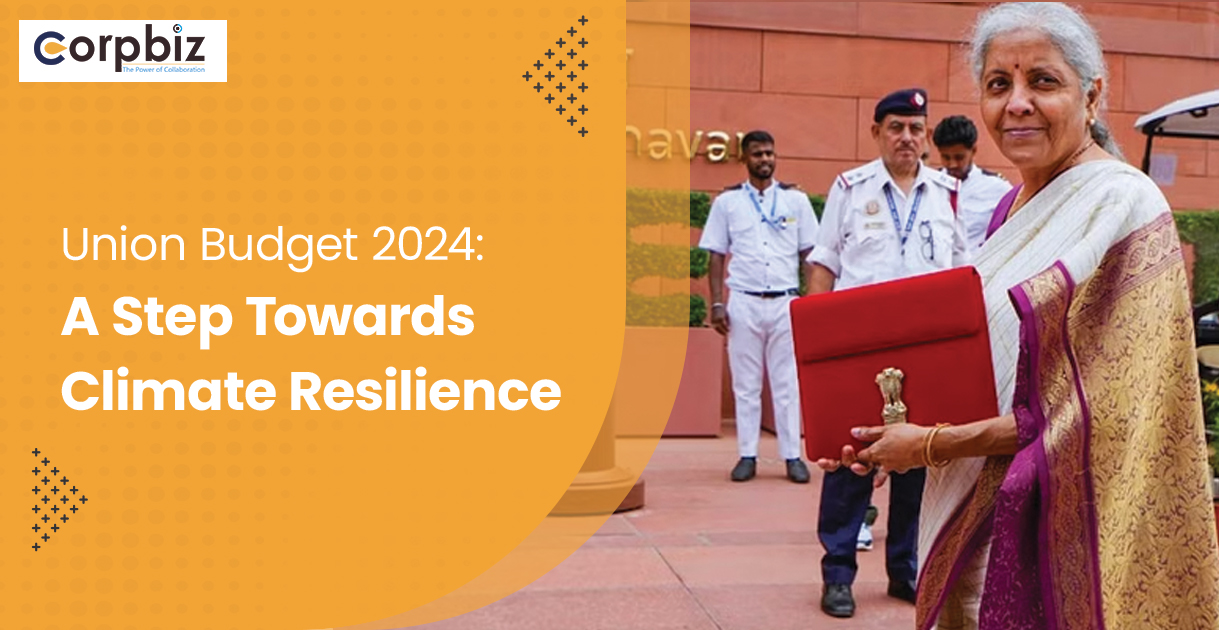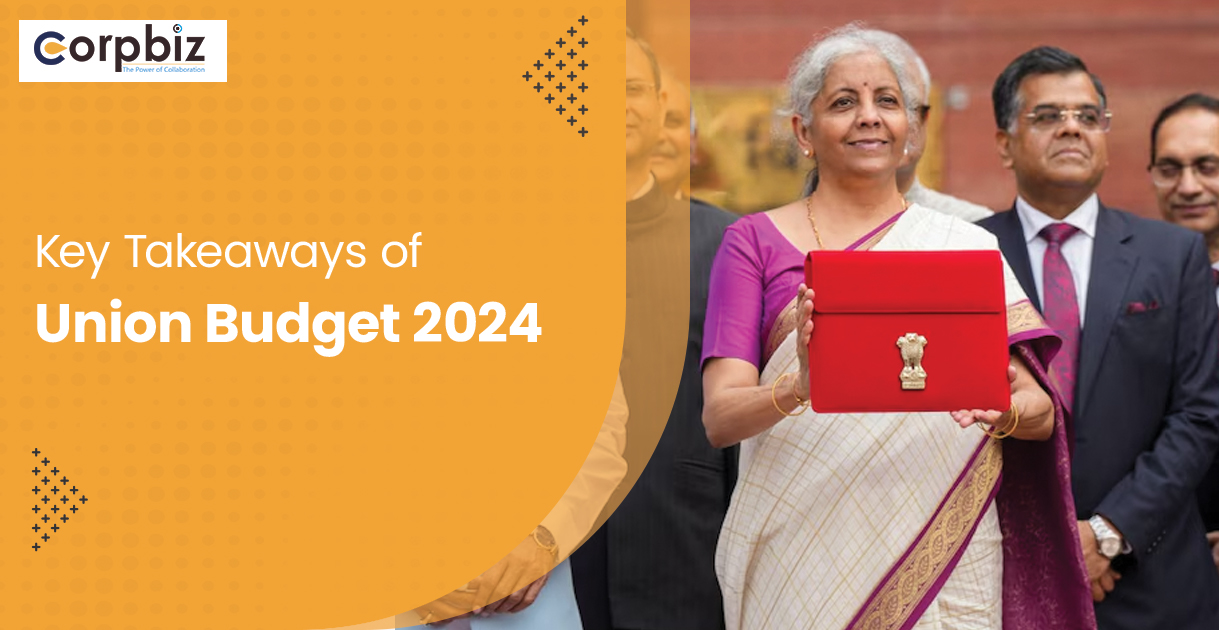The RBI published draft guidelines on the Online Export-Import Facilitators (OEIF) at the beginning of 2023, suggesting a development that goes beyond the OPGSP framework. The current method can be replaced with OEIFS, which are payment aggregators that facilitate low-value import and export remittances.
The community that uses the internet channel to import and export goods and services to and from clients worldwide is the target audience for the Draft OEIF guidelines. With a thriving agile economy, India is one of the biggest markets for service exports, making up forty per cent of the overall export volume for goods and commodities and sixty per cent of the total for services. Under the PSS Act, OEIFs that facilitate import transactions are categorized as PAs and are required to seek authorization.
As to the ‘Guidelines on Regulation of Payment Aggregators and Payment Gateways’, OEIFs that facilitate export transactions are categorized as PGs and are obligated to adhere to the baseline technological standards. These OEIFS will be required to comply with the PA/PG Guidelines appropriately due to their classification.
Differences between OPGSP and OEIF
There are many vital differences between OPGSP and OEIF that can be used to better understand the concepts individually. Some of the difference between OPGSP and OEIF are:
The differences between OPGSP and OEIF as per maximum value
- The first set of differences between OPGSP and OEIF is based on the maximum values.
- The maximum value for OPGSP in regard to imports is 2000 US dollars, while for exports, it is 10,000 US dollars.
- The maximum value for the OEIF in relation to imports is 3000 US dollars, and for exports, it is 15,000 US dollars, respectively.
The differences between OPGSP and OEIF are per office opening
- The next set of differences between OPGSP and OEIF is based on the opening of their offices.
- For acting as an OPGSP, a liaison office has to be open by the foreign entities.
- In the case of OEIF, the foreign entities have to open the office in order to act as OEIF.
The differences between OPGSP and OEIF transactions are as follows:
- The next set of differences between OPGSP and OEIF tells us what transactions are involved in OPGSP and OEIF.
- The transaction related to import in OPGSP are related to software and goods, while for export it is goods and services.
- OEIF deals with transactions of digital products and goods in both import and export.
The differences between OPGSP and OEIF on basis of import payments.
- The next set of differences between OPGSP and OEIF in relation to the payments in import.
- In OPGSP, the balances that are in the import collection accounts are set aside in the exporter’s account (overseas). The remittance can take place in two days.
- In OEIF the payment first is received in the nodal account from the importer, which is then remitted to the account of import collection. These payments are then credited to the account of overseas exporter. The period for the payment is decided between the OEIF and the exporter.
The differences between OPGSP and OEIF as per the collection mode from the importers those are Indian.
- The collection mode from the Indian importers if the next set of difference between OPGSP and OEIF.
- Both of them have different collection modes.
- The OPGSP uses net banking, debit cards and credit cards.
- While the OEIF uses UPI, credit card, debits, net banking and any other method that is specified by the Foreign Exchange Management (Manner of Receipt and Payment) Regulations, 2016.
The differences between OPGSP and OEIF on basis of credits and debits permitted in imports.
- This point of differences between OPGSP and OEIF discusses the debits and credits that are permitted in imports.
- In OPGSP, from the import collection account
- Commission payment
- The charge back from exporters (overseas)
- Payment made to the importers (Indian) for the purpose of refunds and returns
- Payment made to exporters (overseas)
- Collection for the purchases that are made online from Indian importers. The online purchases are made from the exporters who are overseas.
- In OEIF, from the import collection account and the nodal account
- The payment made online through e-commerce for imports
- Refund transactions
- Any type of payments that are statutory in nature, which means in relation to any law, charges of the bank and any kind of charges that are permitted in line of an agreement between OEIF and overseas seller.
The differences between OPGSP and OEIF on basis of export payments.
- The next set of differences between OPGSP and OEIF in relation to the payments in export.
- In case of OPGSP the transfer of the funds takes place from exporter’s national account to the Nostro collection account. The transfer is done within seven days from export collection account in India.
The differences between OPGSP and OEIF on basis credits and debits permitted in exports.
- This point of differences between OPGSP and OEIF discusses the debits and credits that are permitted in exports.
- In OPGSP, from the export collection account
- The payment made to the exporters accounts (Indian)
- Commission payment
- Overseas importer – chargeback
- Returns from the Nostro collection accounts
- In OEIF, from the export collection account
- The realization of export proceeds for the exports that are online.
- Refund transaction
- Any type of payments that are statutory in nature, which means in relation to any law, charges of the bank and any kind of charges that are permitted in line of an agreement.
Conclusion
In conclusion, the technology in the current era in developing at a very fact pace, all the countries in the world have to be updated at the same speed as the technology development in order to stay in the race. With the rapid develop in the technology; many threats also arise with the same. From time to time, RBI updates the guidelines as per the requirement. OEIF is one the fundamental changes that took place in order to make the regulations as well as the governance more effective. Get your Payment Gateway License with Corpbiz and be in compliance of the guidelines.
Frequently Asked Questions (FAQs)
What does the RBI's OPGSP mean?
Online Payment Gateway Service Providers, or OPGSPs as they are officially known at the RBI, are payment aggregators that make it possible to process and settle payments pertaining to imports and exports in accordance with the rules and regulations set forth by the RBI.
What is the OPGSP maximum limit?
In India, there is no cap on inward remittances. However, there is a $10,000 transaction cap under the RBI-mandated OPGSP model. Therefore, until the entire payment is made, all high-volume B2B cross-border payments will be divided into 10,000 USD apiece.
Which kinds of accounts may OPGSP open?
Under the guidelines set forth by the RBI, OPGSPs support accounts for the processing of online payments, mainly for import and export-related transactions.
What guidelines does the OIEF have?
The criteria of permitted payment transactions, methods of collection, and what might be debited and credited in the collection accounts are all subject to adjustment according to the OIEF Guidelines. The PMLA may also apply to online export-import facilitators, depending on how the Judgment interprets a PSO.
What does OPGSP stand for in full?
The full form of OPGSP is Online Payment Gateway Service Providers.
What is an online payment gateway service provider?
An electronic-commerce application service provider which is used as a payment gateway is a merchant service which permits debit card or credit payment for online merchants, brick and mortar stores, e-businesses, and brick and clicks.
What is the RBI's online transaction mandate?
Please be aware that your debit or credit card information is currently not permitted to be saved by e-commerce platforms, payment aggregators, or online retailers. Thus, each time you make a purchase on that website, you must input the card numbers, expiration date, and CVV if you don't want to create a token.
What is the maximum value in OPGSP when imported?
The maximum value in OPGSP in import is 2000 US dollars.
What transactions are involved in OEIF?
Transactions related to digital products and goods are involved in export and import in OEIF.
What is the full form of OEIF?
OEIF is an Online Export-Import Facilitator.
Read Our Article: Obtaining FSSAI License For E-Commerce Business In India











